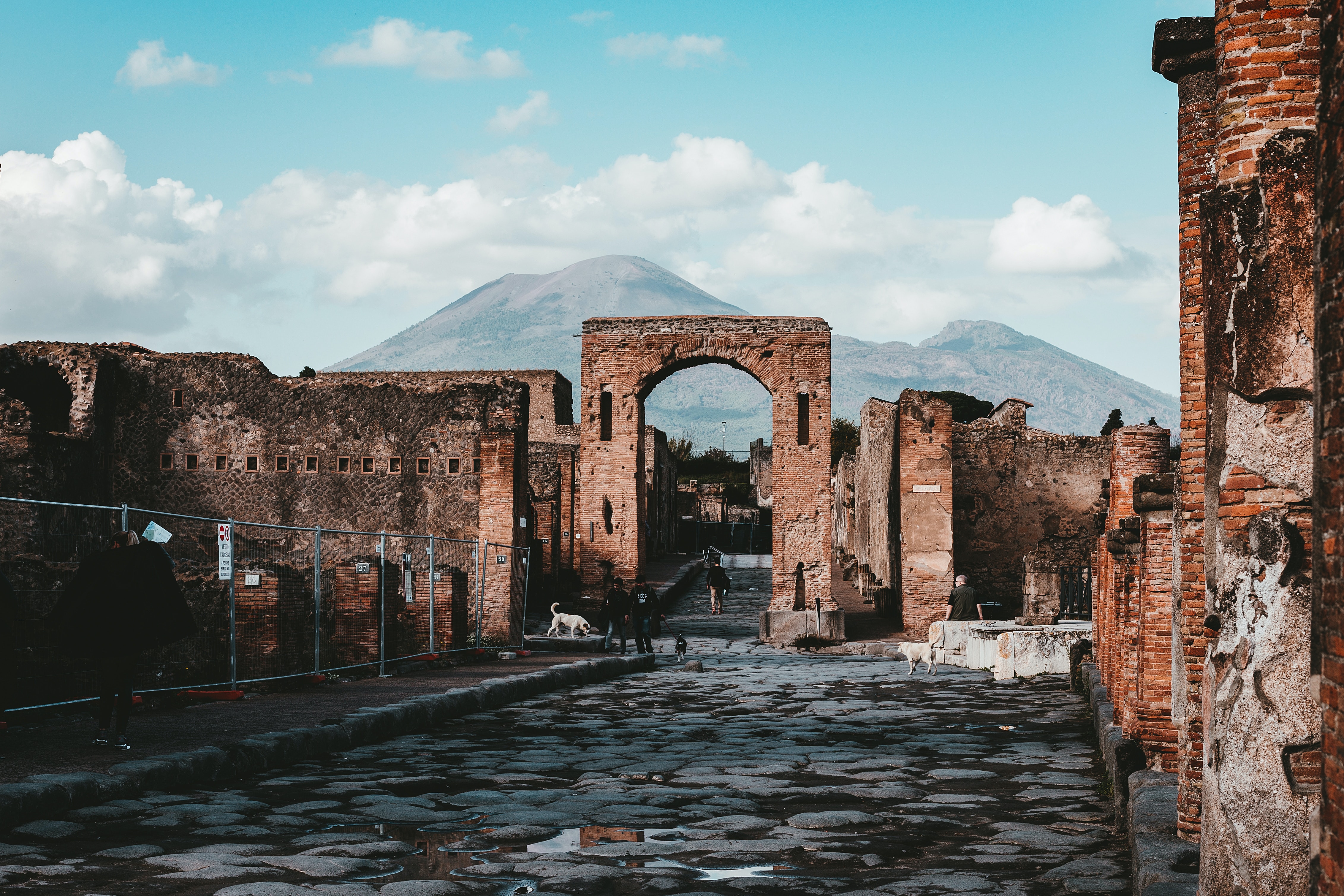Tips for Visiting Pompeii: How to Beat the Crowds and Stay Comfortable

Pompeii is a fascinating ancient Roman city located near Naples, Italy. It was buried under several feet of ash and pumice when Mount Vesuvius erupted in AD 79, and was only rediscovered in the 18th century. Today, Pompeii is a UNESCO World Heritage Site and a popular tourist destination, attracting millions of visitors every year.
Mount Vesuvius is located approximately 9 kilometers (5.6 miles) east of Pompeii. It is a very popular destination for visitors to the area, and many people choose to visit both Pompeii and Mount Vesuvius on the same trip. It is possible to reach Mount Vesuvius by car or by taking a bus tour from Pompeii or Naples. However, please note that the road up to the crater is quite steep and narrow, and may not be suitable for all vehicles. It is also possible to hike up to the crater from the nearest parking area, which takes approximately 30-40 minutes. You can visit either first but it is more common to see Pompeii before Mount Vesuvius.
If you're planning to visit Pompeii and Mount Vesuvius, here are some tips to help you make the most of your trip:
- Get an early start: Pompeii can get quite crowded, especially during peak season. To avoid the crowds, try to arrive as early as possible. This will also give you more time to explore the site before it gets too hot. Catch a train from Napoli Piazza Garibaldi or Porta Nolana Station between 7:30 am and 8:30 am. Once you arrive at the Pompei Scavi stop, you are only two minutes away from the main Porto Marina site entrance and ticket booths.
- Wear comfortable shoes: Pompeii is a large site with lots of uneven terrain, so it's important to wear comfortable shoes that will protect your feet. Sneakers or sturdy sandals are good options. Bring water and sunscreen: Pompeii can get quite hot, especially during the summer months. Be sure to bring plenty of water and wear sunscreen to protect yourself from the sun.
- To make the most of your visit to Pompeii, book your ticket in advance to ensure an early morning entry slot and avoid the queue. We recommend exploring Pompeii slowly and independently for at least three hours, although four hours is even better. Be sure to exit at the Piazza Anfiteatro/Piazza Immacolata side for better restaurant and cafe options and to catch the public bus up to Mount Vesuvius.
- OR Hire a guide: Pompeii is a huge site, and without a guide, it can be difficult to know where to start or what you're looking at. Hiring a guide can help you get the most out of your visit by providing you with interesting information and context about the history of the site.
- When it comes to visiting Mount Vesuvius from Pompeii, the best and most affordable way is with the EAV bus. To find the bus stop, look for the sign entitled "Piazza Anfiteatro" to the right of the little snack bar kiosk, just down from the pedestrian crossing, opposite the car park with blue lines and Ristorante Corallo. The bus ride takes approximately 40-50 minutes depending on traffic and season. In addition, there is an alternative private shuttle bus option, but be aware of the marketing tactics and potential misrepresentation of information from those selling the shuttle tickets. Private shuttles may be a good option if the EAV bus schedule does not suit your itinerary.
Do Not Miss These Pompeii Highlights
- The Amphitheater: The largest building in Pompeii, the Amphitheater is a massive structure that could seat up to 20,000 people. It was used for gladiatorial games and other events, and is a testament to the scale and sophistication of Roman engineering.
- The Forum: The political, social, and economic center of Pompeii, the Forum is a sprawling plaza surrounded by public buildings, temples, and markets. It's a great place to get a sense of daily life in ancient Pompeii.
- The House of the Vettii: One of the best-preserved houses in Pompeii, the House of the Vettii offers a glimpse into the lives of wealthy Pompeians. The house is decorated with intricate frescoes and mosaics, and includes a private bath and a shrine to the household gods.
- The Lupanare: Pompeii's ancient brothel, the Lupanare is one of the most fascinating and controversial attractions in the city. The building is adorned with erotic frescoes, and provides a glimpse into the sometimes sordid world of Roman sexuality.
- The Plaster Casts: One of the most haunting and poignant sights in Pompeii, the plaster casts of human bodies offer a glimpse into the final moments of the city's inhabitants. The casts were created by pouring plaster into the voids left by the bodies in the volcanic ash, and provide a powerful reminder of the human cost of the eruption.
Some Interesting Facts About Pompeii:
- Pompeii was once a thriving city with a population of around 20,000 people at the time of the eruption.
- The city was buried under around 20 feet of ash and pumice, which helped to preserve many of the buildings and artifacts.
- Pompeii was known for its elaborate frescoes, many of which are still visible today.
- The city had a complex water system, with pipes that brought water from nearby mountains into public fountains and private homes.
- Many of the people who died in the eruption were preserved in the ash, and archaeologists have been able to study their remains to learn more about life in ancient Pompeii.